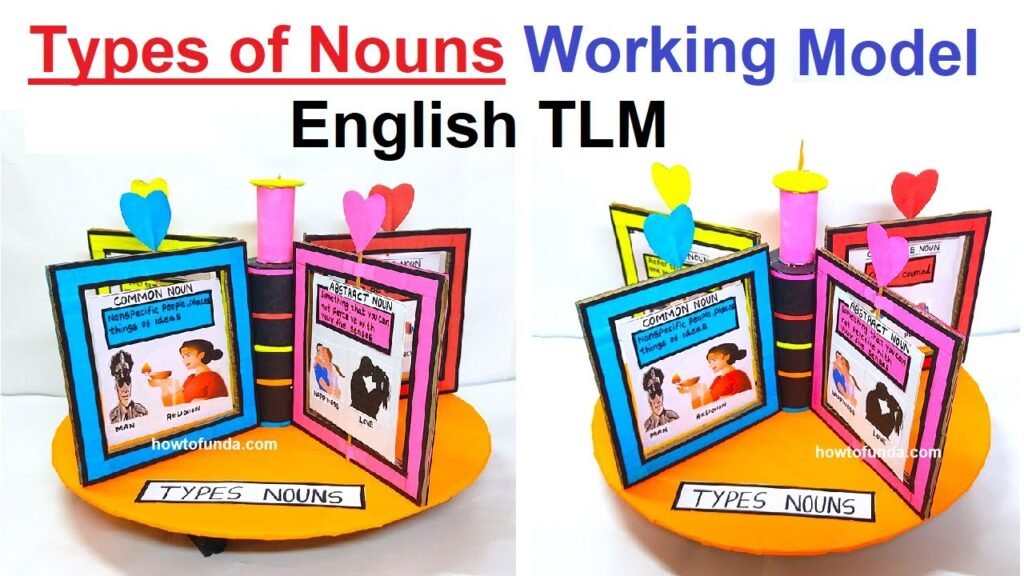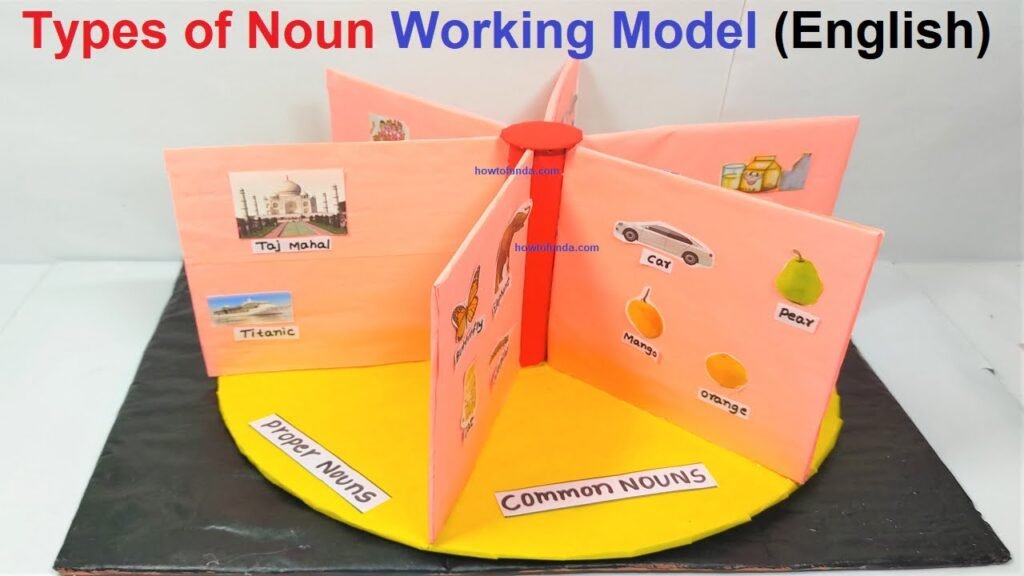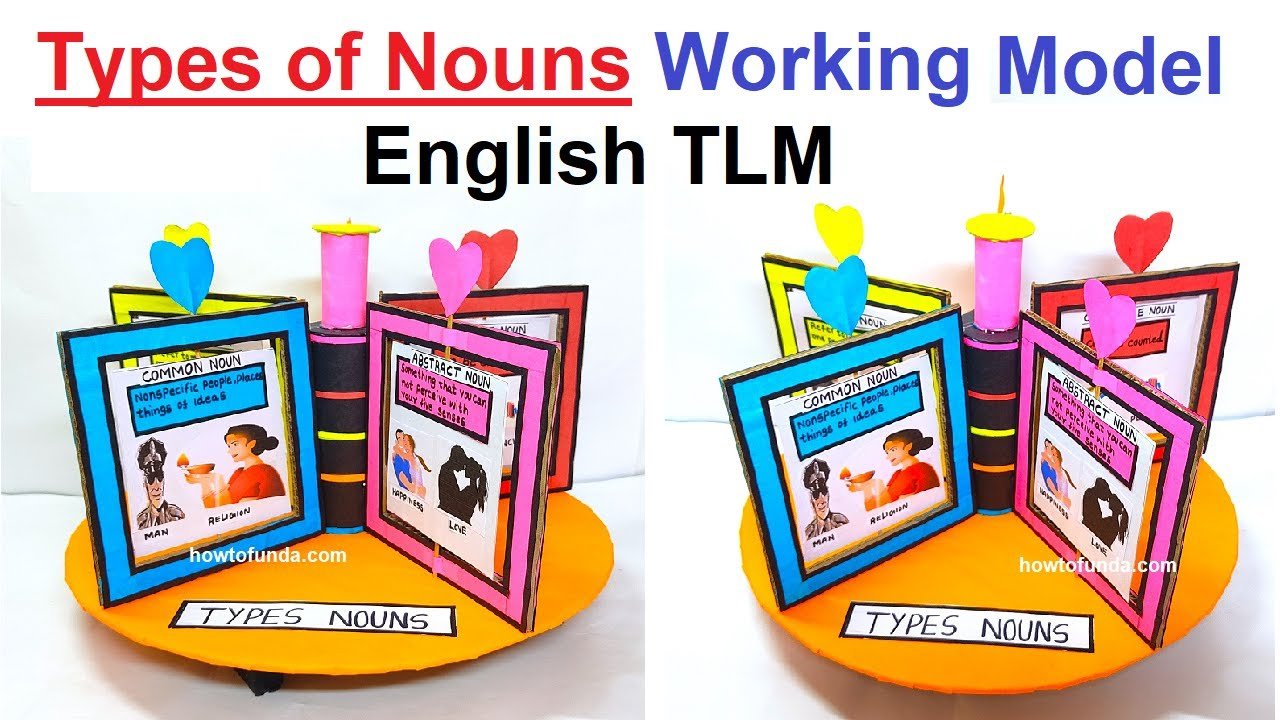What is noun?
A noun is a part of speech that refers to a person, place, thing, idea, or quality.
It’s a word that names something and can function as the subject or object of a sentence, or as the complement of a verb or preposition.
Types of Nouns:
- Common Nouns: Common nouns are general names for people, places, things, or ideas. They are not capitalized unless they begin a sentence. Examples include “dog,” “city,” “book,” and “happiness.”
- Proper Nouns: Proper nouns are specific names for people, places, or things and are always capitalized. They refer to unique entities. Examples include “John,” “London,” “The Great Gatsby,” and “Christmas.”
- Concrete Nouns: Concrete nouns are tangible, physical objects that can be perceived by the senses. They represent things that exist in the physical world. Examples include “table,” “tree,” “car,” and “apple.”
- Abstract Nouns: Abstract nouns refer to ideas, concepts, emotions, or qualities that cannot be perceived by the senses. They represent intangible or non-physical things. Examples include “love,” “freedom,” “happiness,” and “justice.”
- Countable Nouns: Countable nouns are objects that can be counted and have singular and plural forms. They can be preceded by numbers or quantifiers like “a,” “an,” or “some.” Examples include “book” (singular) and “books” (plural).
- Uncountable Nouns: Uncountable nouns, also known as mass nouns, are substances, materials, or concepts that cannot be counted individually. They only have a singular form and do not use plural markers. Examples include “water,” “sand,” “knowledge,” and “advice.”
- Collective Nouns: Collective nouns refer to groups of people, animals, or things as a single entity. Examples include “family,” “team,” “herd,” and “flock.”
How to make the nouns working model
Creating a 3D working model to demonstrate types of nouns using cardboard can be an interactive and educational project.


Here’s a guide to making a rotatable model with four sections representing different types of nouns:
Materials Needed:
- Cardboard sheets
- Colored paper
- Scissors
- Glue or adhesive
- Markers or pens
- Brass fasteners or split pins (for rotating parts)
- Ruler
Step by Step Video Instructions:
1. Prepare the Base:
- Cut a large circular piece of cardboard to serve as the base of your model.
- Divide the circle into four equal sections using a ruler and marker.
2. Create the Sections:
- Cut four equal-sized pieces of cardboard to fit each section of the base.
- Label each section with the type of noun it represents: “Common Nouns,” “Proper Nouns,” “Abstract Nouns,” and “Collective Nouns.”
3. Add Examples:
- Write or print examples of each type of noun on colored paper.
- Glue the examples onto the corresponding sections of the cardboard.
4. Attach Rotating Mechanism:
- Use brass fasteners or split pins to attach each section of cardboard to the base.
- Ensure that the sections can rotate freely.
5. Decoration:
- Decorate the base and sections with colorful designs, images, or patterns to make the model visually appealing.
Demonstration and Explanation:
- Common Nouns: Explain that common nouns are names for general, everyday items or concepts. Rotate the section to reveal examples such as “table,” “dog,” or “book.”
- Proper Nouns: Discuss how proper nouns are specific names for people, places, or things. Rotate to show examples like “John,” “Paris,” or “Microsoft.”
- Abstract Nouns: Explain that abstract nouns are names for qualities, states, or ideas that cannot be seen or touched. Rotate to reveal examples such as “love,” “happiness,” or “freedom.”
- Collective Nouns: Discuss collective nouns, which are names for groups of people or things. Rotate to show examples like “herd,” “flock,” or “team.”

